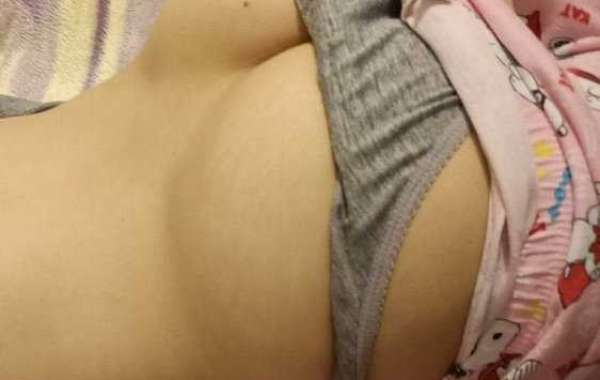Reverse osmosis (RO) is a widely used water purification technology that employs semi-permeable membranes to remove contaminants and impurities from water. Understanding the various configurations of RO membranes is crucial for optimizing their performance in different applications, from domestic water purification to large-scale industrial processes. This article delves into the types of RO membrane configurations, their design principles, advantages, disadvantages, and applications.
1. Basics of Reverse Osmosis Membrane Technology
Reverse osmosis operates on the principle of applying pressure to overcome osmotic pressure, allowing water molecules to pass through a semi-permeable membrane while blocking larger molecules and contaminants such as salts, bacteria, and viruses. The effectiveness of the RO process hinges on the type and configuration of the membrane used.
2. Types of Reverse Osmosis Membranes
RO membranes are typically made from polymeric materials like polyamide, polysulfone, or cellulose acetate. These materials are chosen for their ability to withstand the harsh chemical environments and mechanical stresses encountered in water treatment processes. The following are the main types of RO membranes based on their configuration:
2.1. Spiral Wound Membranes
Spiral wound membranes are the most common configuration in commercial RO systems. They consist of flat membrane sheets spirally wound around a central permeate collection tube. This design maximizes the surface area of the membrane while minimizing the footprint of the system.
Advantages:
- High surface area-to-volume ratio, enhancing water production rates.
- Compact design allows for easy integration into various systems.
- Versatile for different water sources, including brackish water and seawater.
Disadvantages:
- Susceptible to fouling and scaling, which can reduce efficiency over time.
- Limited chemical resistance compared to other configurations.
2.2. Hollow Fiber Membranes
Hollow fiber membranes consist of thousands of tiny hollow fibers bundled together. Water flows through the fibers, and contaminants are filtered out. This configuration is often used in small-scale applications or as pre-treatment for larger systems.
Advantages:
- High packing density and surface area for filtration.
- Can handle varying flow rates and pressure conditions effectively.
- Lower energy requirements compared to other configurations.
Disadvantages:
- Potential for fiber breakage, leading to operational issues.
- Generally more expensive to manufacture than flat-sheet membranes.
2.3. Flat Sheet Membranes
Flat sheet membranes are simply flat sheets of membrane material that can be used in a variety of applications, including laboratory settings and pilot studies. They provide a straightforward way to evaluate membrane performance without the complexities of a more integrated design.
Advantages:
- Simple construction, making them easy to handle and replace.
- Ideal for testing and research purposes.
- Allows for clear visualization of fouling and scaling.
Disadvantages:
- Requires larger space compared to spiral wound or hollow fiber configurations.
- Not suitable for large-scale production without modification.
3. Membrane Configuration Based on System Design
RO membrane configurations can also be categorized based on the design of the water treatment system they are part of. The main configurations include:
3.1. Single-Stage Systems
In a single-stage RO system, water passes through one set of membranes. This configuration is straightforward and commonly used for domestic applications, where the focus is on removing specific contaminants from the water supply.
Advantages:
- Simple operation and maintenance.
- Lower initial investment compared to multi-stage systems.
Disadvantages:
- Limited removal of highly saline water or specific contaminants.
- Lower overall recovery rates compared to multi-stage systems.
3.2. Multi-Stage Systems
Multi-stage RO systems involve multiple sets of membranes, allowing for sequential treatment. Each stage can be optimized for different contaminants, improving overall purification efficiency.
Advantages:
- Higher recovery rates, suitable for saline or heavily contaminated water sources.
- Flexibility to target specific contaminants at each stage.
Disadvantages:
- More complex and expensive to install and maintain.
- Increased energy consumption due to multiple stages.
4. Performance Metrics for RO Membrane Configurations
When evaluating RO membrane configurations, several performance metrics are crucial:
4.1. Permeate Flow Rate
The permeate flow rate indicates how much purified water can be produced over a specific period. This metric is critical for determining the efficiency of a membrane configuration in meeting water demand.
4.2. Salt Rejection Rate
The salt rejection rate measures the membrane's ability to remove dissolved salts and impurities from the feed water. Higher rejection rates are essential for applications requiring high-quality water, such as in the pharmaceutical or food processing industries.
4.3. Recovery Rate
The recovery rate represents the percentage of feed water that is converted into permeate. Higher recovery rates are advantageous for reducing water waste and improving system efficiency.
5. Considerations for Choosing the Right Membrane Configuration
Choosing the appropriate RO membrane configuration depends on various factors, including:
- Water Quality: The level of contaminants and salinity in the feed water will dictate the membrane's design and configuration.
- Application: Different applications have unique requirements for water purity, flow rate, and operational costs.
- Cost Considerations: Initial investment, maintenance, and operational costs play a significant role in determining the most suitable configuration.
- Space Availability: The physical space available for installation may limit the choice of membrane configuration.
6. Conclusion
Reverse osmosis membrane configurations play a pivotal role in the efficiency and effectiveness of water purification processes. By understanding the different types of membranes, their configurations, and performance metrics, operators can optimize their systems for specific applications, whether in residential, commercial, or industrial settings. As advancements in membrane technology continue to emerge, the future of RO systems promises even greater efficiency, sustainability, and adaptability to various water treatment challenges. Shop Durable RO Membranes for Your Water Purifier System
Investing in the right RO membrane configuration is not just about immediate performance; it also involves considering long-term sustainability, maintenance, and the overall impact on water resources. Whether aiming for the highest purity levels or efficiency in water recovery, making informed choices about membrane technology will be crucial in addressing the world's growing water challenges. Buy High-Quality RO Membrane for Clean Water Purification









